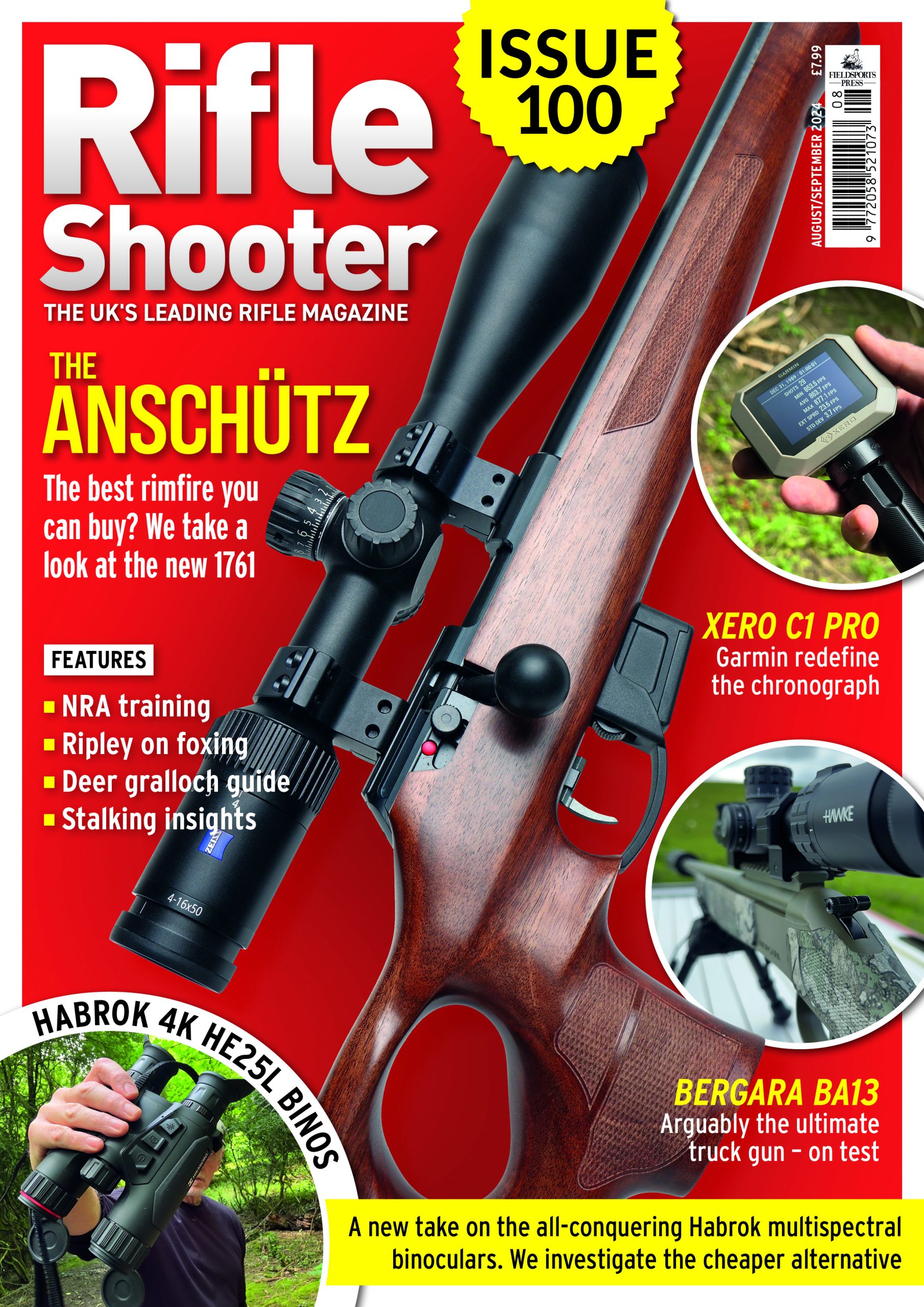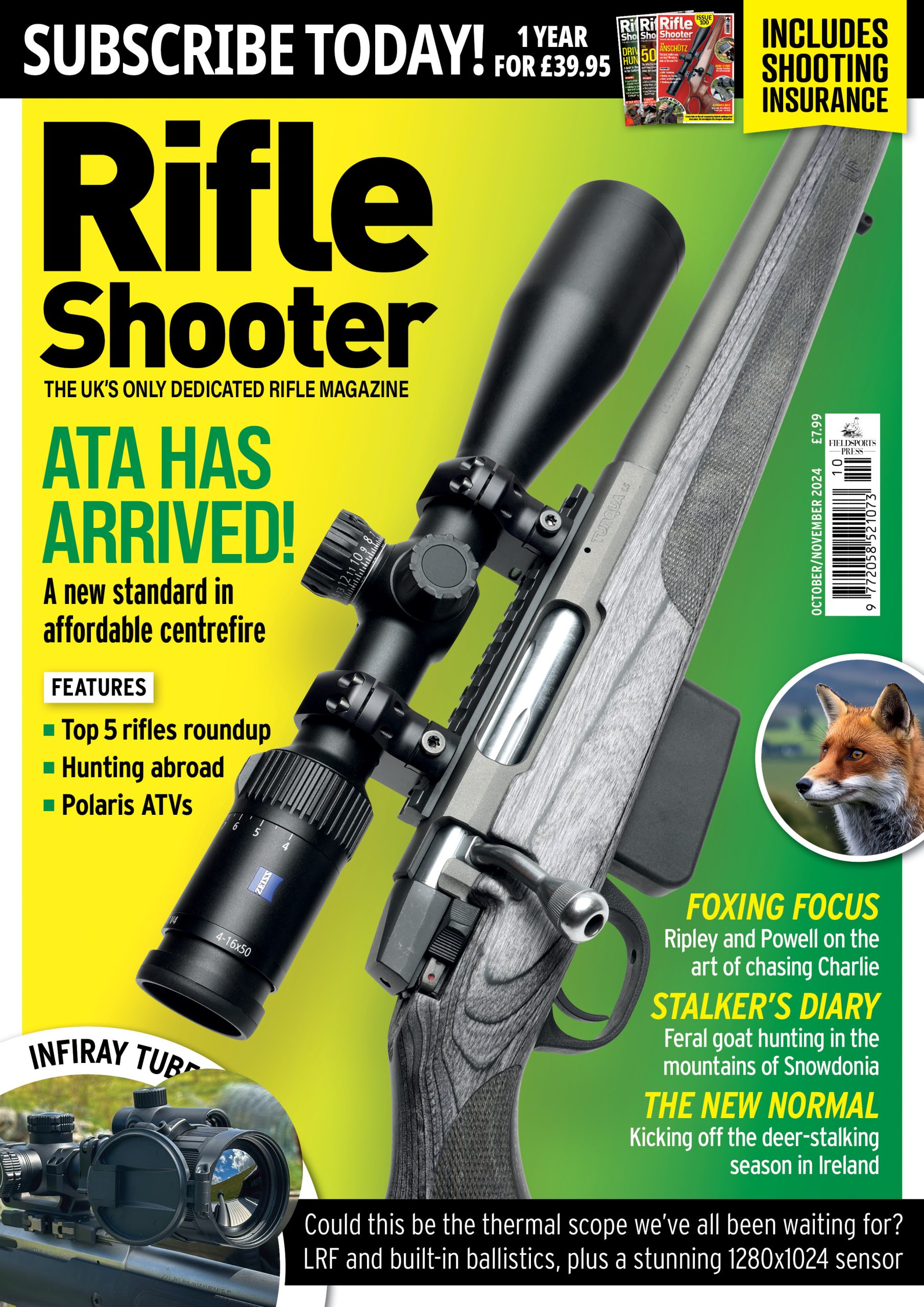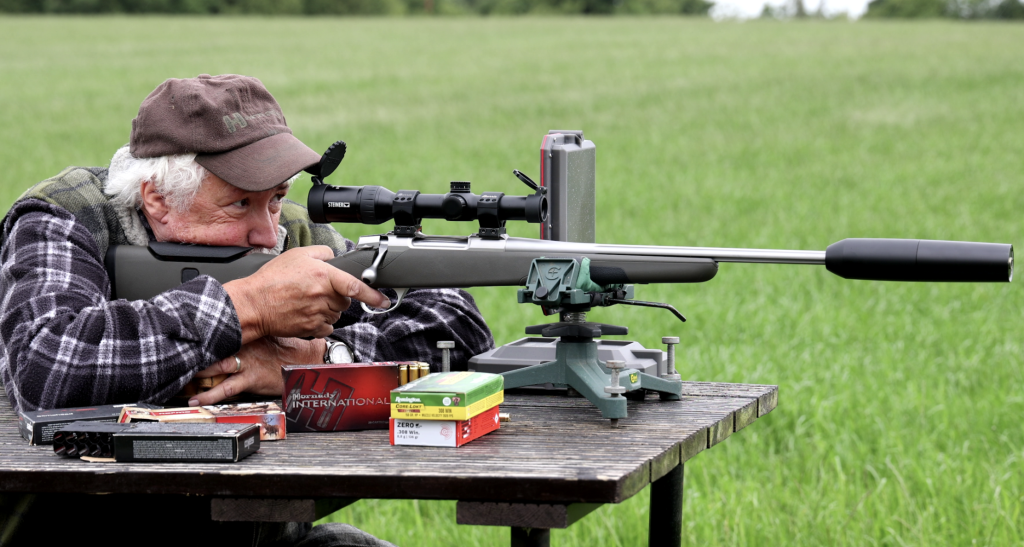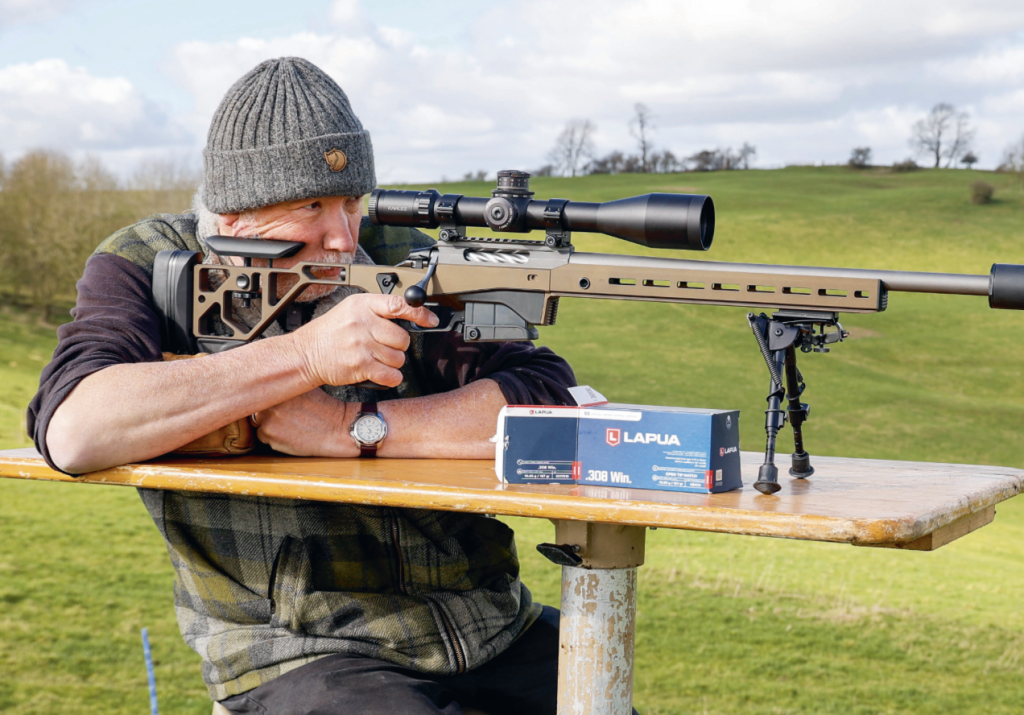Precision Preparation
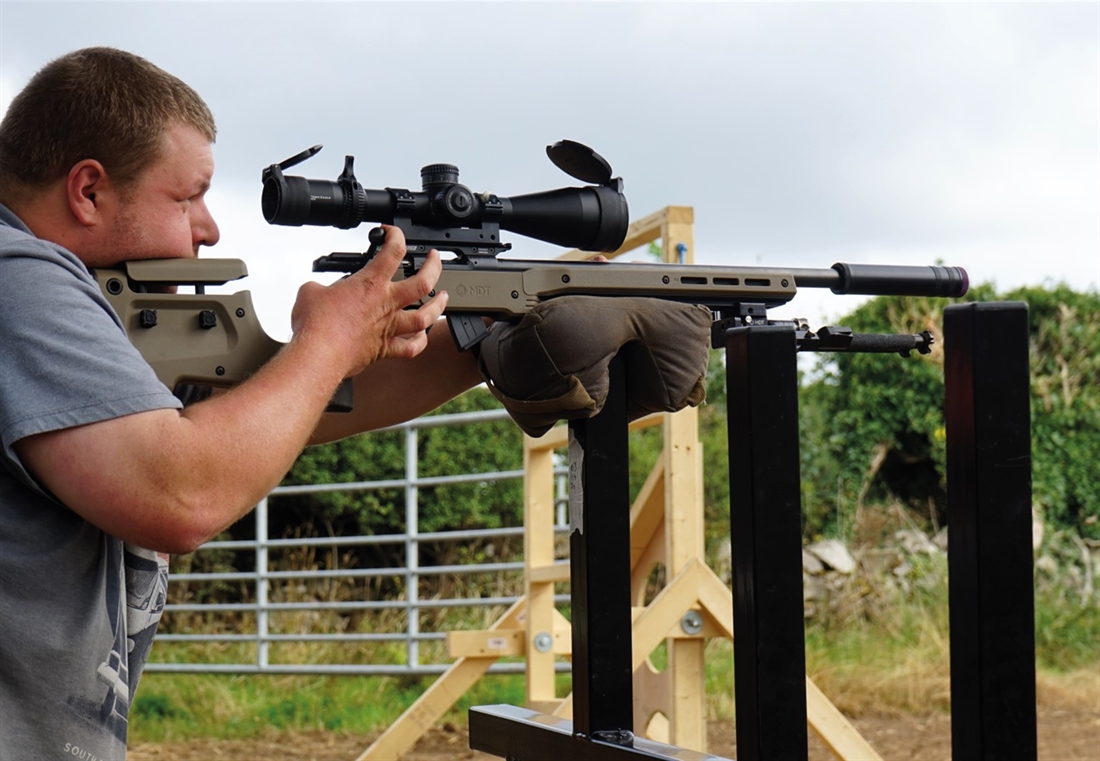
This year is a qualification year for the Great Britain Precision Rifle Association (GBPRA), team to compete in the 2025 Rimfire World Championships. With summer around the corner, and more people taking part in precision rimfire competitions, here’s how you can put yourself in contention to get involved with some of the best rimfire shooters in the world.
The GBPRA qualification process will count your best two scores from four specified qualification matches held throughout 2024. At the time of writing the first two venues have been confirmed: Zero One in Devon during July and Creggah near Belfast in August. Once the final two venues are confirmed everyone will have a clear pathway to get involved.
Step 1: Join the GBPRA, just sign up on the website and you’ll have access to all the matches listed on the calendar. Once you’re a member you’ll also get many other members-only benefits. Check www.gbpra.co.uk
Step 2: Sign up for a match. There’s no substitute for getting involved and once a date is set there’s something to work towards. The GBPRA also plans to hold more training events throughout the year.
Step 3: Glory and world domination in 2025! The 2023 GB team achieved huge success by fielding a full team in every category and supporting each other the whole way, coming home with a silver and three bronze medals.
This year could be your chance to be a part of the 2025 team.
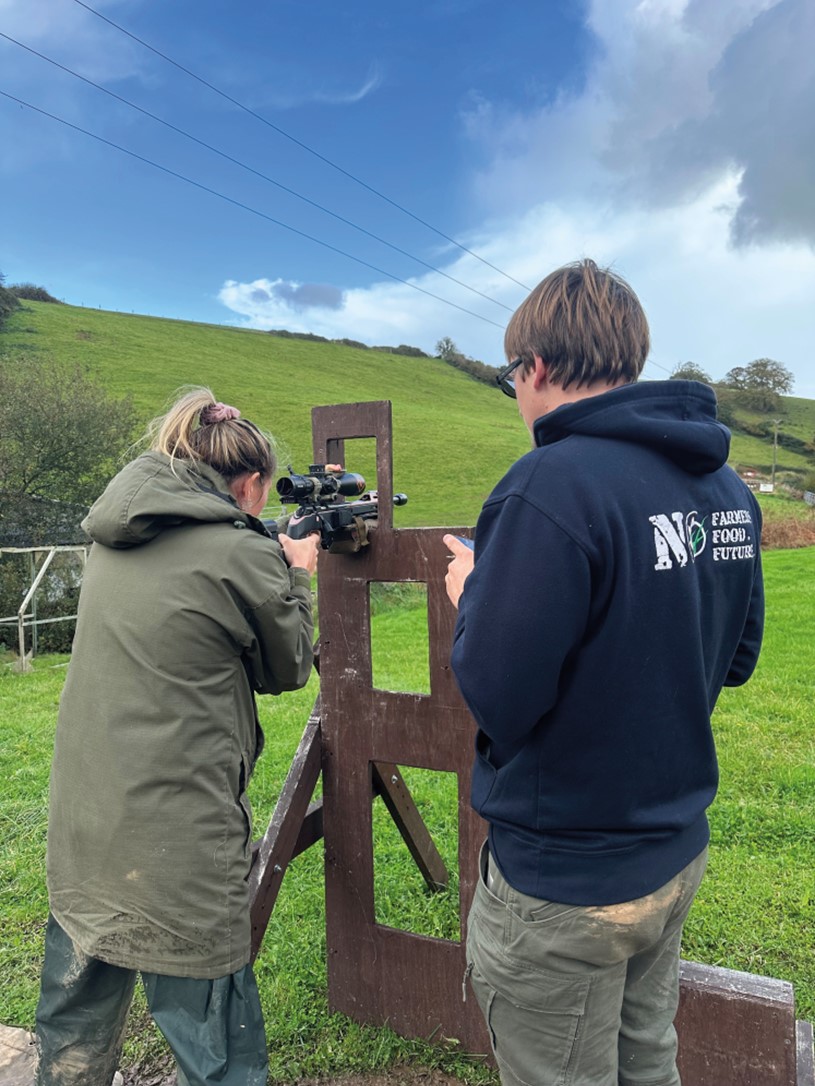
Obviously there are a few steps between 2 and 3, but here are some things you can do to maximise your chances of hitting targets (and quarry in the field) with your rimfire.
Get a precise zero. It doesn’t matter what distance it is, although most will be 50m. Everything begins here, so it makes sense to lay a solid foundation. Plus, it’s a great opportunity to find the ammunition your .22 prefers and make sure that your magazines all work as they should.
Along with a precise zero, you need to be able to predict how your bullet will fly and to do this you need to measure your muzzle velocity accurately. If you use a chronograph such as a Garmin or a Magneto Speed to do this means you’ll be well on your way to having accurate firing solutions. While many will use Applied Ballistics and a Kestrel for this, if you’re just trying the sport out the cost can be off-putting. Luckily there are a multitude of ballistics apps that will steer you right, such as Strelok or Weta Precision, and if you also need the atmospheric data to go into the calculator I’ve found that most Kestrel users can be bribed with snacks!
Once you’re zeroed, know your muzzle velocity and have downloaded your ballistics calculator, the next step is to confirm your drops. This is where the fun starts. The only way to do this is to shoot. As long as you’re doing it safely, it doesn’t matter whether you’re shooting paper or steel, as all you’re looking for is that the bullets land in a predictable manner.
It’s not uncommon to shoot targets at 180-200m with .22s and sometimes they will be at even greater distances. These longer-range ones are pretty rare, and as the distance increases so will the target size, so past 200m they’re pretty big. Most target distances will be between 50m and 120m, so it pays to be certain of your drops where the bulk of the points will be scored.
When confirming your trajectory, remember the closer ones will range from 25-40m. These closer targets tend to be small and unforgiving, making misses more costly.
Once you’ve confirmed your trajectory there’s only the wind left to figure out, but that’s a subject for a different day. However, one top tip that I’ve always stood by is “If you miss to the left, aim further right.” Seeing your shots is crucial for success regardless of what discipline you’re shooting.
Keeping this in mind when practising can hugely improve your performance.
While practice can never replicate the excitement of competition, it’s worth familiarising yourself with some of the basics. Many field shooters will be used to taking quick, precise shots from chest height – a gate post, the top of a gate or a vehicle’s bonnet, for example. In precision rifle it’s always best practice to put a bag between your rifle and the obstacle you’re taking aim from. There are many great options for barricade bags, including two excellent UK-made options from Celtic Precision and Praesidia Rifle Accessories.
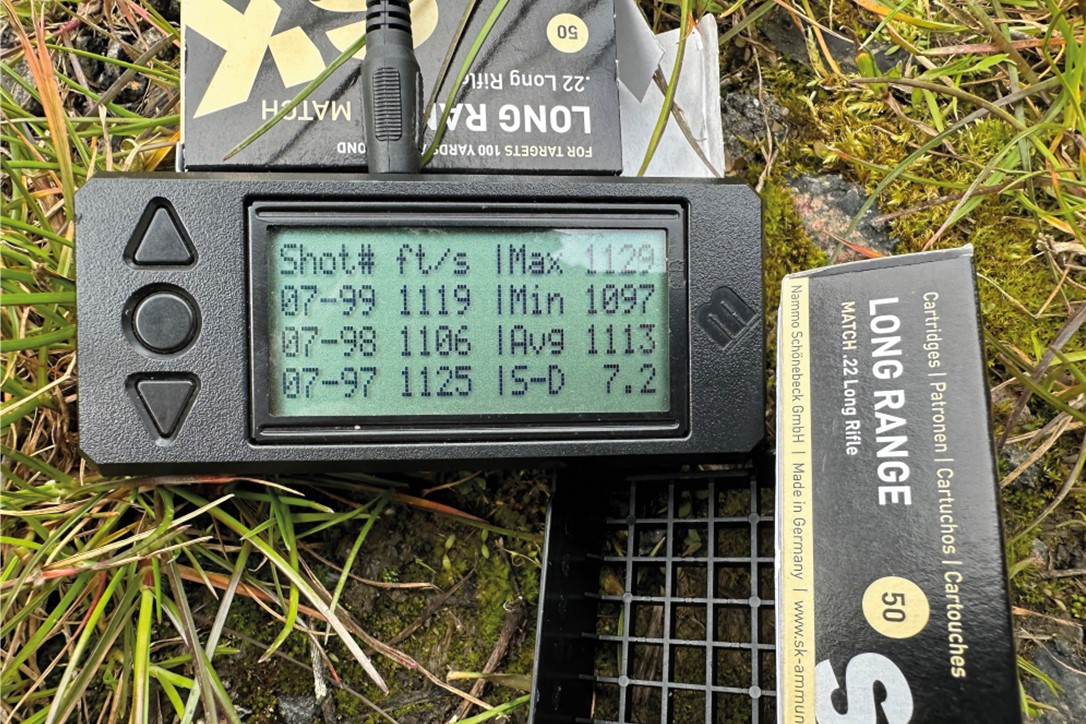
As well as becoming familiar with shooting prone and at chest height, practise the uncomfortable and far less glamorous low positions. Getting used to adopting a seated or low kneeling position will be a huge help. Best practice when starting out is to concentrate on building solid positions and making good shots. Speed will come naturally.
As with all shooting sports, safety is a huge part of precision rifle, especially as it’s dynamic in nature and movement with a rifle is at its core. Two things to be mindful of when moving with a rifle are your bolt and muzzle:
Only move with the bolt open as that way there’s less chance of an accident. Only close your bolt to take a shot when you can see the target in your scope. If you can see the target, it’s a safe shot and you can then move your finger onto the trigger.
Always be aware of where your muzzle is pointing, keep it pointed down range – or straight up – at all times and be mindful when removing your rifle from your bag.
My final tip to anyone wanting to take part is to ask questions. Nobody starts something new with a full understanding and all the answers.
However, with a full community of precision rifle shooters who have been involved in previous World Championship cycles, someone will have the answers you need.
When you look at the shooters who prevail in precision rifle matches, all the guys at the top come from a hunting background. Any activity that encourages making fast, precise shots with a rifle will improve success rates in the field.
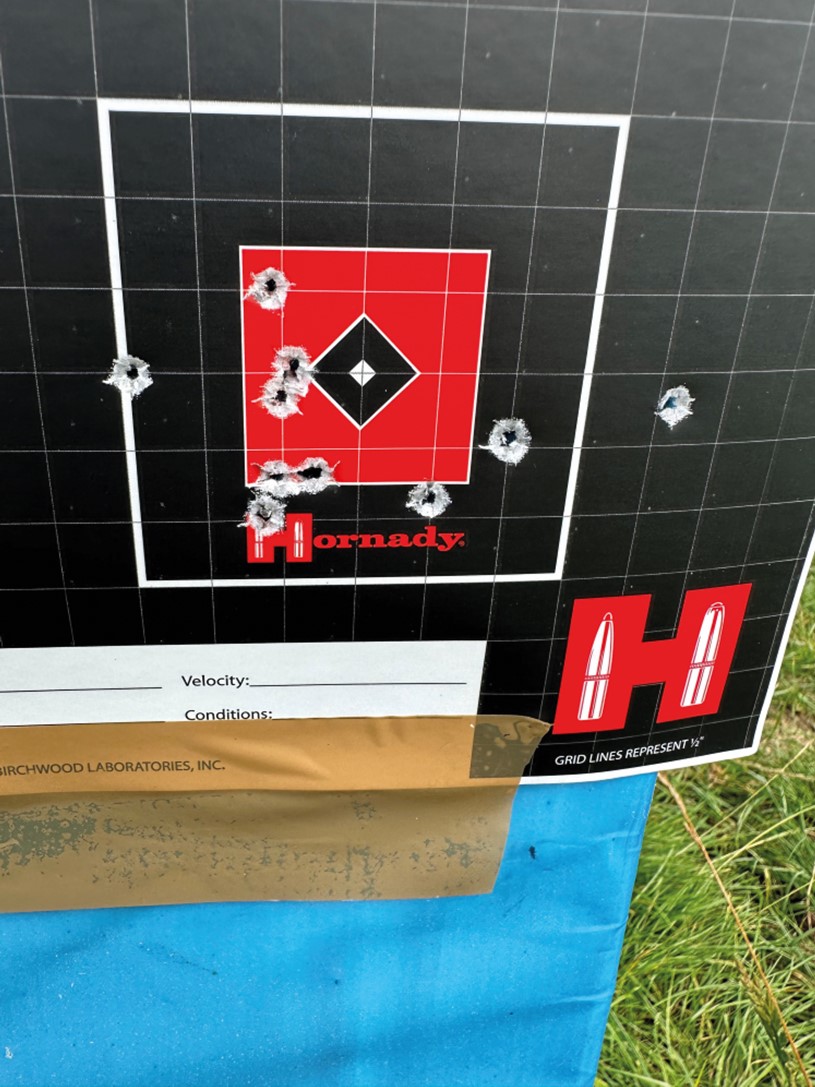
Related Articles
Get the latest news delivered direct to your door
Subscribe to Rifle Shooter
Elevate your shooting experience with a subscription to Rifle Shooter magazine, the UK’s premier publication for dedicated rifle enthusiasts.
Whether you’re a seasoned shot or new to the sport, Rifle Shooter delivers expert insights, in-depth gear reviews and invaluable techniques to enhance your skills. Each bi-monthly issue brings you the latest in deer stalking, foxing, long-range shooting, and international hunting adventures, all crafted by leading experts from Britain and around the world.
By subscribing, you’ll not only save on the retail price but also gain exclusive access to £2 million Public Liability Insurance, covering recreational and professional use of shotguns, rifles, and airguns.
Don’t miss out on the opportunity to join a community of passionate shooters and stay at the forefront of rifle technology and technique.
